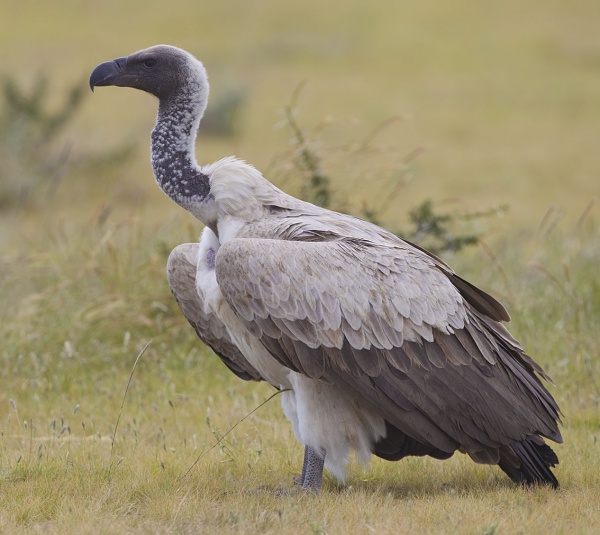Facts About White-backed vulture
The white-backed vulture, a member of the Accipitridae family, is an Old World vulture closely related to the European griffon vulture. This medium-sized bird is easily identifiable by its distinctive white neck ruff and whitish back. It primarily scavenges animal carcasses across the African savannah and occasionally consumes scraps from human settlements. These vultures typically breed in trees within the savannah, usually laying just one egg at a time.
Regrettably, the conservation status of the white-backed vulture has been in continuous decline. Formerly categorized as Least Concern, it is now Critically Endangered. Several factors contribute to this decline, including habitat loss due to human activities, poisoning from pesticides and lead, and the detrimental effects of diclofenac, a drug used in livestock that vultures often inadvertently consume.
Research indicates that these vultures are also threatened by high levels of polycyclic aromatic hydrocarbons and veterinary diclofenac. Moreover, the destruction of nesting sites due to human encroachment adds to their precarious situation. A tragic incident in Botswana, where over 500 vultures were poisoned by poachers, underscores their vulnerability.
Regarding their diet, white-backed vultures primarily consume animal carcasses found within their habitat. However, competition for food has intensified due to habitat degradation. For breeding, they prefer nesting in trees, particularly Acacia species. The breeding process is prolonged, with an incubation period of about eight weeks and a nestling period lasting four to five months. Unfortunately, threats such as habitat destruction and poaching also negatively impact their breeding success.

 Tanzania
Tanzania